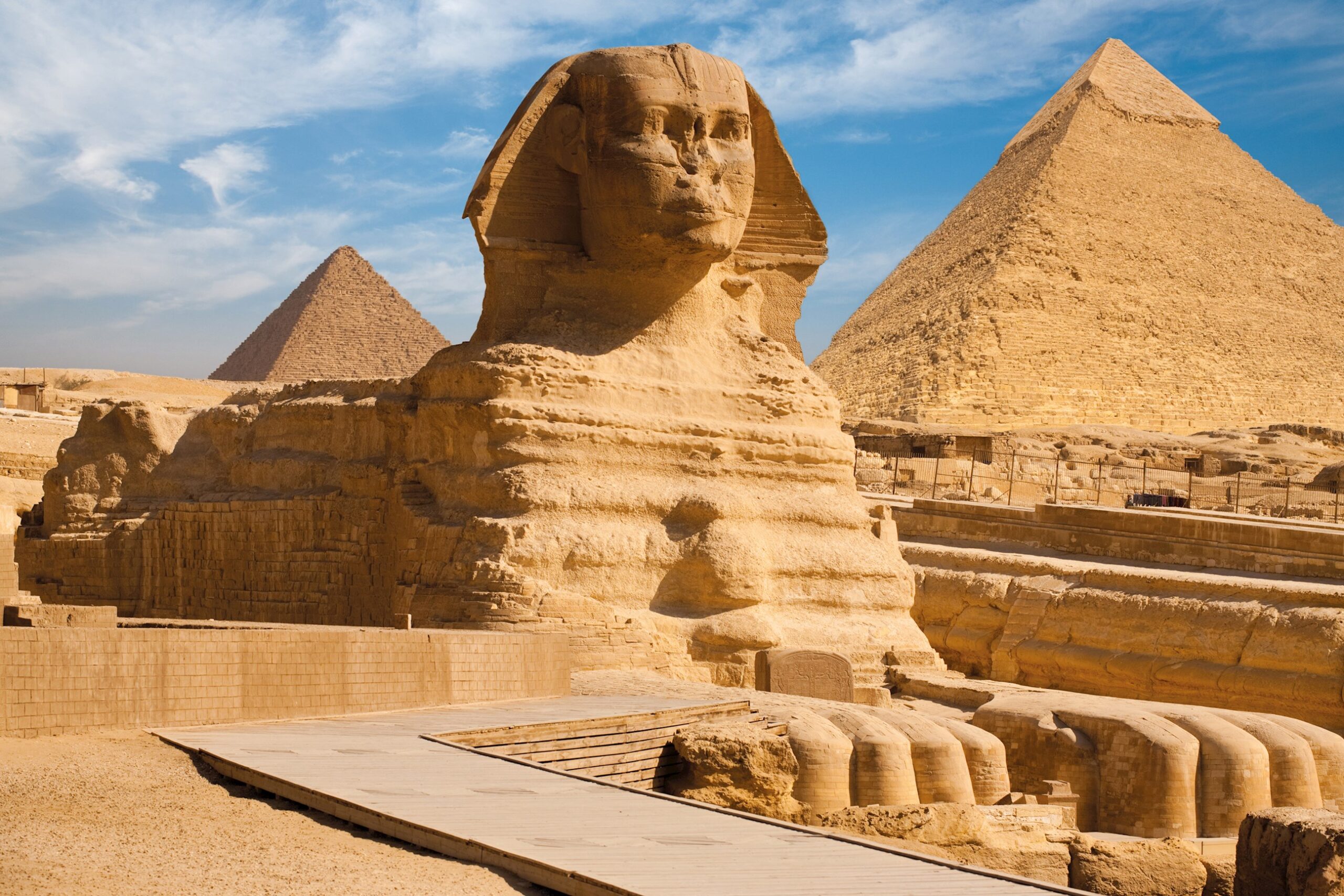Are you ready for an adventure of a lifetime? If so, get ready to experience the wonders of Egypt! From the Great Pyramids of Giza to the Valley of the Kings, ancient Egypt is a treasure trove of history and culture just waiting to be explored.
And what better way to do it than with an 8-day tour that takes you through all the must-see sites? This step-by-step guide will take you on a journey through time, giving you a taste of what it was like to live in ancient Egypt.
You’ll learn about the pharaohs, their legacy, and the incredible engineering feats that allowed them to build massive tombs and temples that still stand today. So pack your bags, grab your camera, and get ready to embark on a journey you’ll never forget!
Planning your trip to Egypt
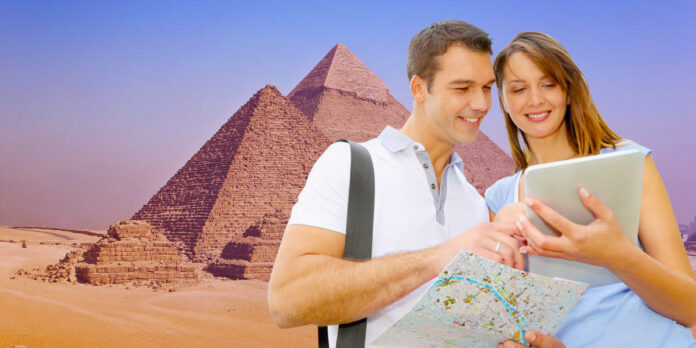
Before you set out on your Egypt Tour, it is important to plan your trip. You should consider the time of year you want to travel, the length of your stay, and the things you want to do and see. Egypt is a year-round destination, but the best time to visit is from October to April when the weather is cooler.
When you arrive in Egypt, you will need a visa, which you can obtain at the airport. You will also need to exchange your currency for Egyptian pounds, which is the country’s official currency. It is advisable to bring cash as not all establishments accept credit cards.
Egypt is a predominantly Muslim country, and it is important to respect their customs and traditions. and it is recommended to cover your head when visiting mosques or other religious sites.
Day-by-day itinerary for an 8-day tour of ancient Egypt
Day 1: Arrival in Cairo and exploring the city
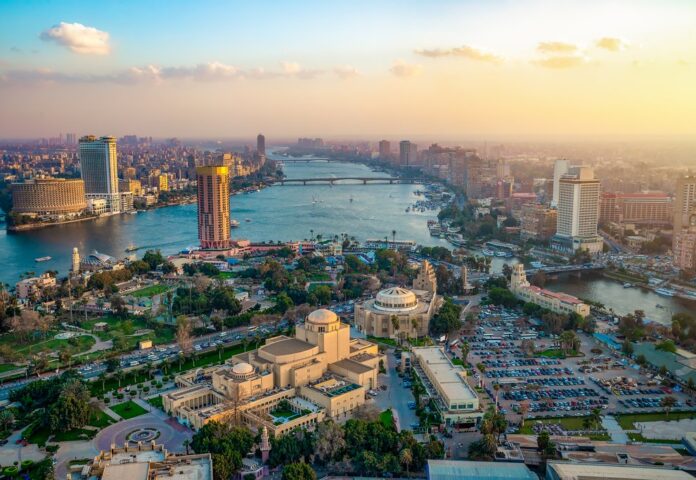
Your adventure in Egypt begins with a flight to Cairo, the capital city. Upon arrival, you will be met by a tour representative who will take you to your hotel. You will have the rest of the day to rest and explore the city at your own pace.
Cairo is a bustling city that is rich in history and culture. You can start your exploration by visiting the Egyptian Museum, which houses the world’s largest collection of Pharaonic antiquities. The museum has over 120,000 items, including the treasures of King Tutankhamun.
Another must-visit attraction in Cairo is the Khan el-Khalili market, which is one of the oldest markets in the world. It is a maze of narrow streets and alleyways that is home to shops selling everything from spices to souvenirs.
Day 2: Visiting the Great Pyramids of Giza and the Sphinx
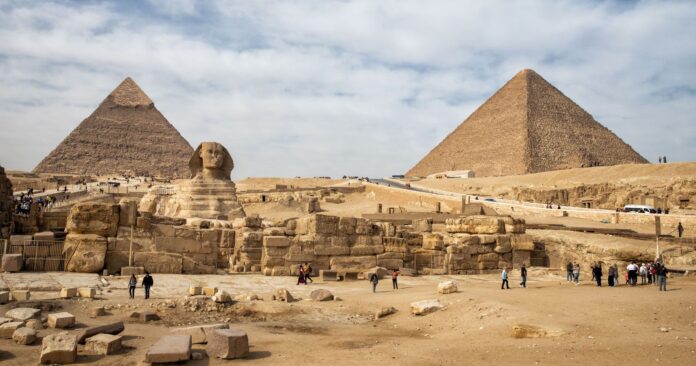
On your second day, you will visit the Great Pyramids of Giza, which are one of the Seven Wonders of the World. The pyramids were built over 4,500 years ago as tombs for the pharaohs and their consorts. The largest and most famous of the three pyramids is the Great Pyramid of Khufu, which stands at 147 meters tall.
Next, you will visit the Sphinx, which is a mythical creature with the body of a lion and the head of a human. The Sphinx is carved out of a single piece of limestone and stands at 20 meters tall. It is believed to have been built during the reign of Pharaoh Khafre, who also built the second largest pyramid at Giza.
Day 3: Exploring the ancient city of Memphis and the Step Pyramid of Djoser
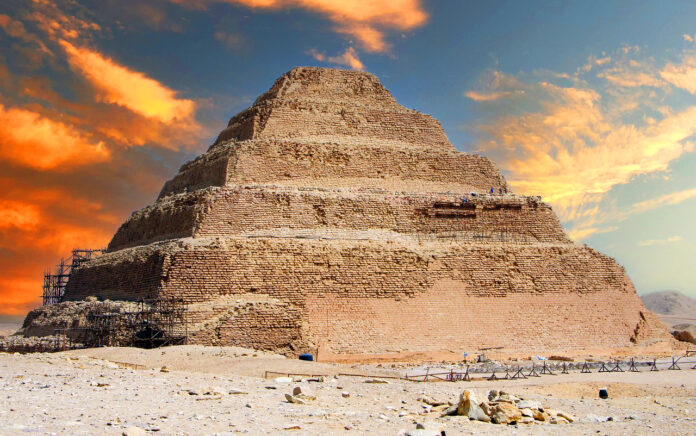
On day three, you will leave Cairo and head south to the ancient city of Memphis. Memphis was the capital of Egypt during the Old Kingdom and was a center of art, culture, and religion. The city is home to many important sites, including the Colossus of Ramses II and the Alabaster Sphinx.
Next, you will visit the Step Pyramid of Djoser, which is located in the nearby city of Saqqara. The Step Pyramid is the oldest known pyramid in Egypt and was built during the 27th century BC. The pyramid was built for Pharaoh Djoser and was designed by his architect, Imhotep, who is considered to be the father of architecture.
Day 4: Visiting the Valley of the Kings and the Temple of Hatshepsut
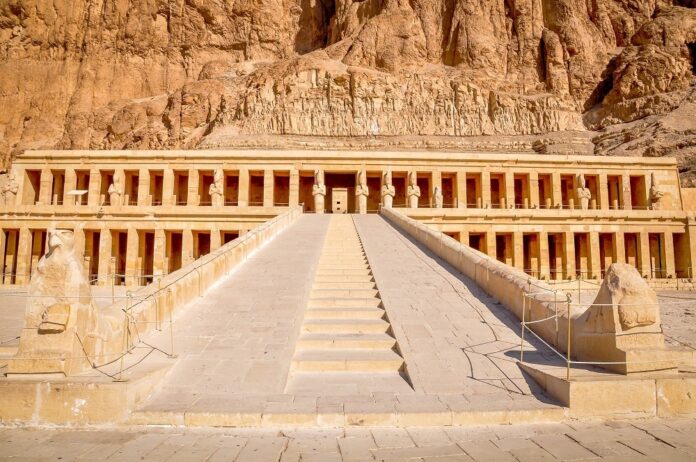
Day four is dedicated to exploring the West Bank of Luxor, which is home to many important sites, including the Valley of the Kings. The Valley of the Kings is a burial site that was used for pharaohs and their consorts during the New Kingdom. The site is home to over 60 tombs, including the tomb of Tutankhamun, which was discovered in 1922.
Next, you will visit the Temple of Hatshepsut, which is one of the most impressive temples in Egypt. The temple was built for Queen Hatshepsut, who was one of the most successful pharaohs in Egyptian history. The temple is carved out of the rock face and blends in with the surrounding landscape.
Day 5: Discovering the temples of Luxor and Karnak
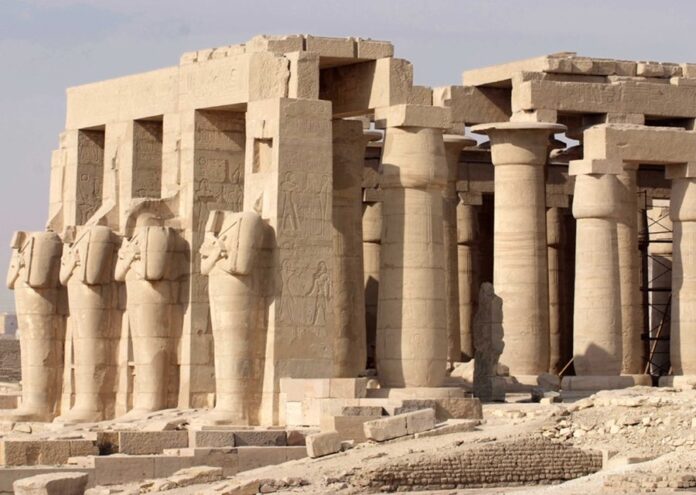
On day five, you will explore the East Bank of Luxor, which is home to many important sites, including the temples of Luxor and Karnak. The Temple of Luxor was built during the New Kingdom and was dedicated to the god Amun. The temple is home to many impressive features, including the Avenue of Sphinxes and the Colonnade of Amenhotep III.
Next, you will visit the Karnak Temple Complex, which is one of the largest temple complexes in the world. The complex covers an area of over 100 hectares and is home to many important temples and monuments. The most impressive of these is the Great Hypostyle Hall, which has 134 massive columns.
Day 6: Exploring the temples of Abu Simbel and Aswan
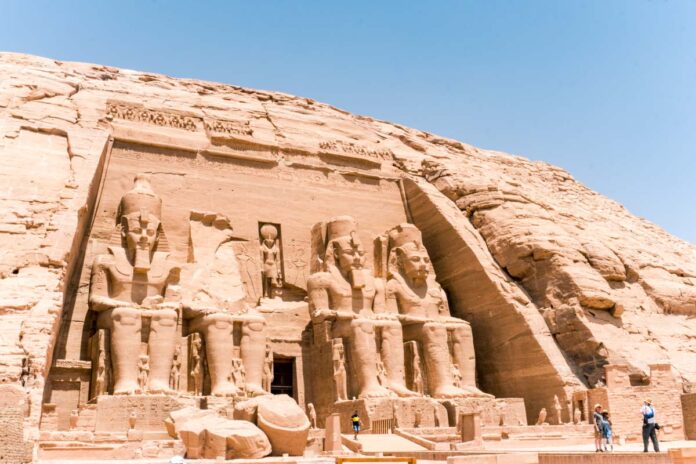
On day six, you will leave Luxor and head south to the city of Aswan. Along the way, you will stop at the temples of Abu Simbel, which are located near the border with Sudan. The temples were built by Pharaoh Ramesses II in the 13th century BC and were dedicated to the gods Amun, Ra-Horakhty, and Ptah.
Next, you will arrive in Aswan, which is a beautiful city located on the banks of the Nile River. Aswan is home to many important sites, including the Aswan High Dam, the Philae Temple, and the Unfinished Obelisk.
Day 7: Relaxing on a Nile River cruise and visiting the Philae Temple
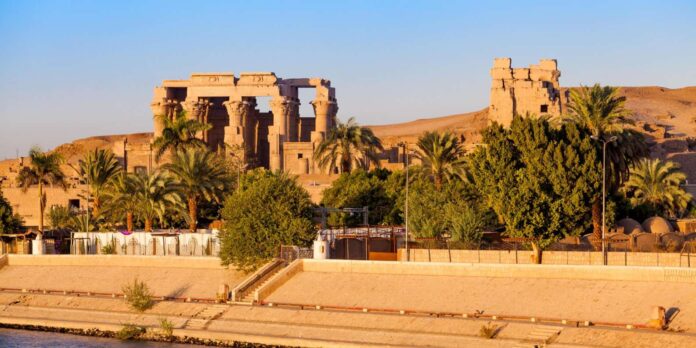
On day seven, you will board a Nile River cruise that will take you from Aswan to Luxor. The cruise will take you past many important sites, including the Temple of Kom Ombo and the Edfu Temple.
In the afternoon, you will visit the Philae Temple, which is located on an island in the Nile River. The temple was built during the Ptolemaic period and was dedicated to the goddess Isis. The temple was dismantled and relocated to its current location after the construction of the Aswan High Dam.
Day 8: Departure from Egypt and final thoughts
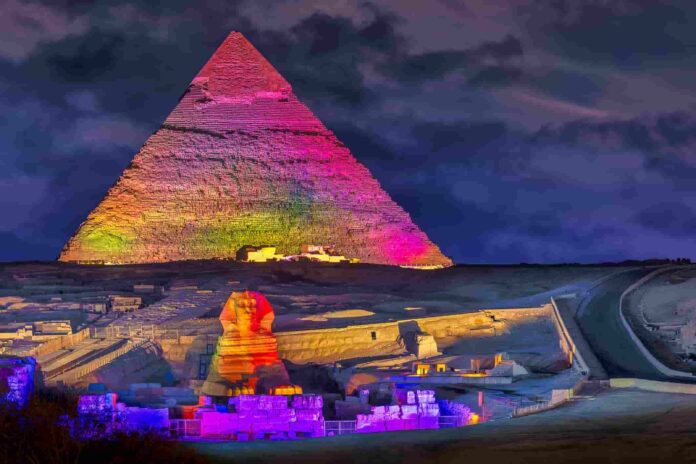
On your final day in Egypt, you will have some free time to explore Aswan before departing for the airport. As you leave Egypt, take a moment to reflect on the incredible journey you have just experienced. You have explored the ancient wonders of Egypt, learned about its history and culture, and have made memories that will last a lifetime.
Tips for traveling to Egypt and experiencing its ancient wonders
- Dress modestly and respect local customs and traditions.
- Bring cash as not all establishments accept credit cards.
- Stay hydrated and wear sunscreen.
- Try local cuisine, such as koshari and falafel.
- Be respectful of the ancient sites and do not touch or climb on the monuments.
- Hire a local guide to enhance your experience and learn more about the sites.
Egypt is a destination that should be on every traveler’s bucket list. It is a land of ancient wonders, where history and culture come to life. By following this step-by-step guide, you can experience the best of Egypt in just 8 days. So pack your bags, grab your camera, and get ready for an adventure you’ll never forget!

